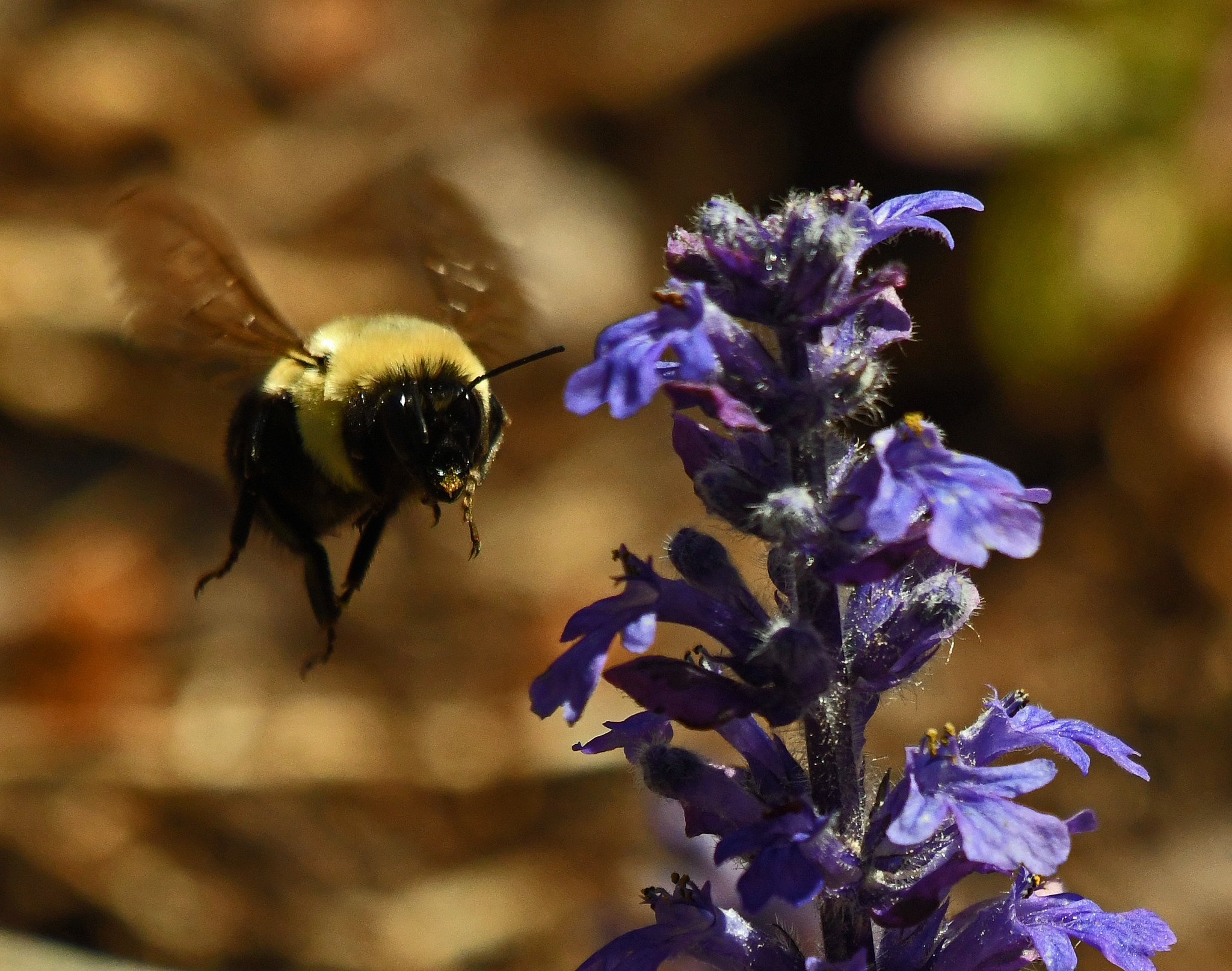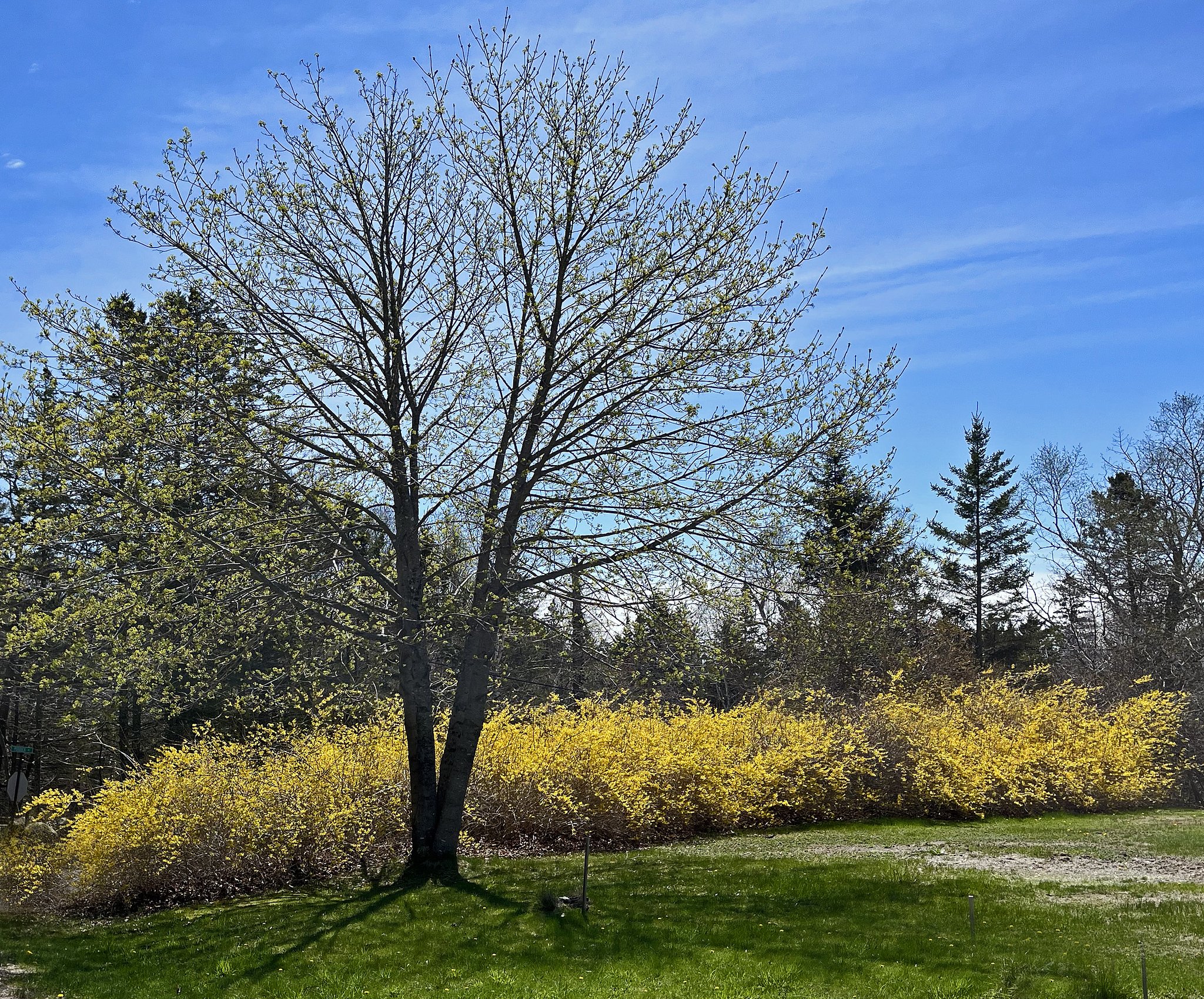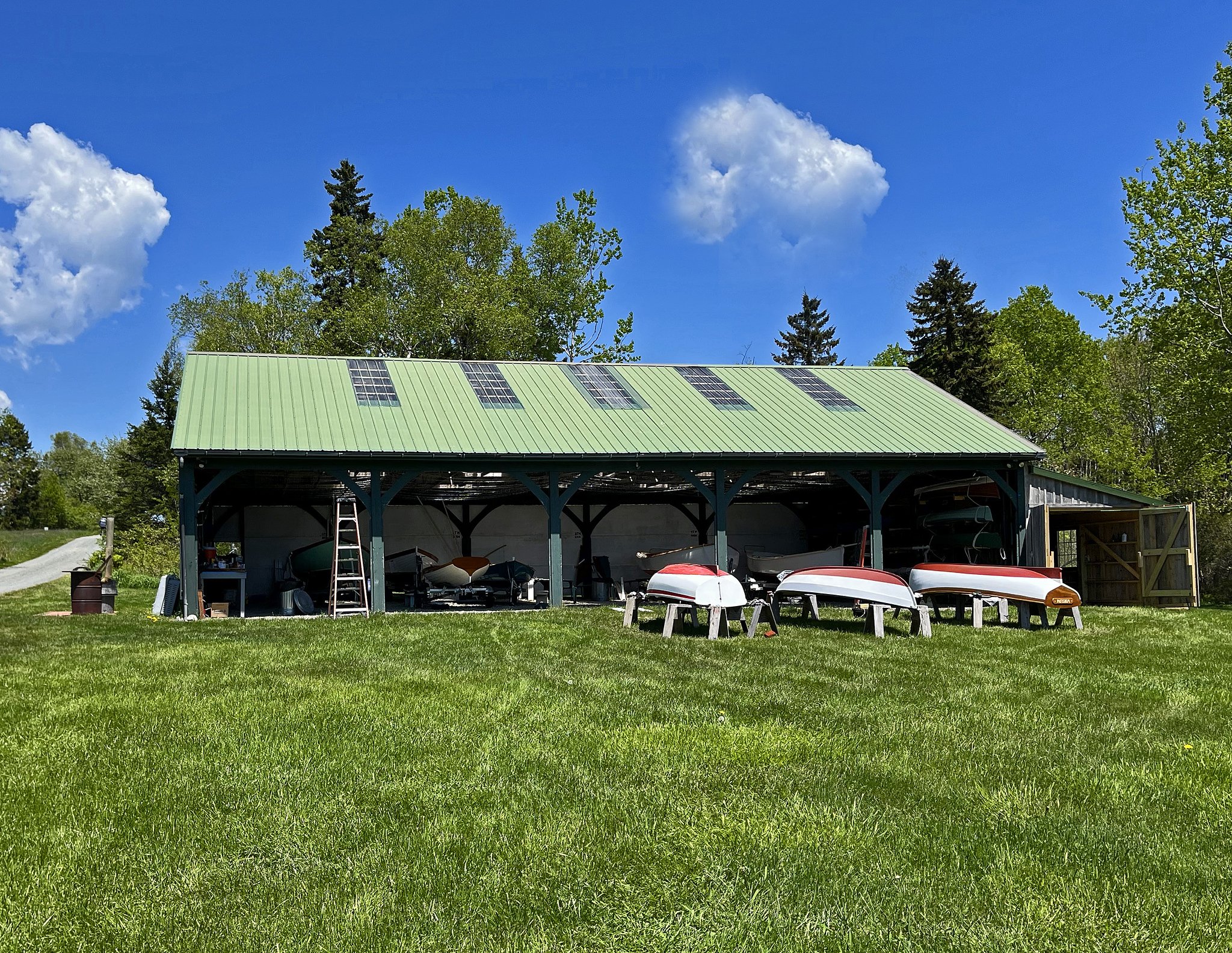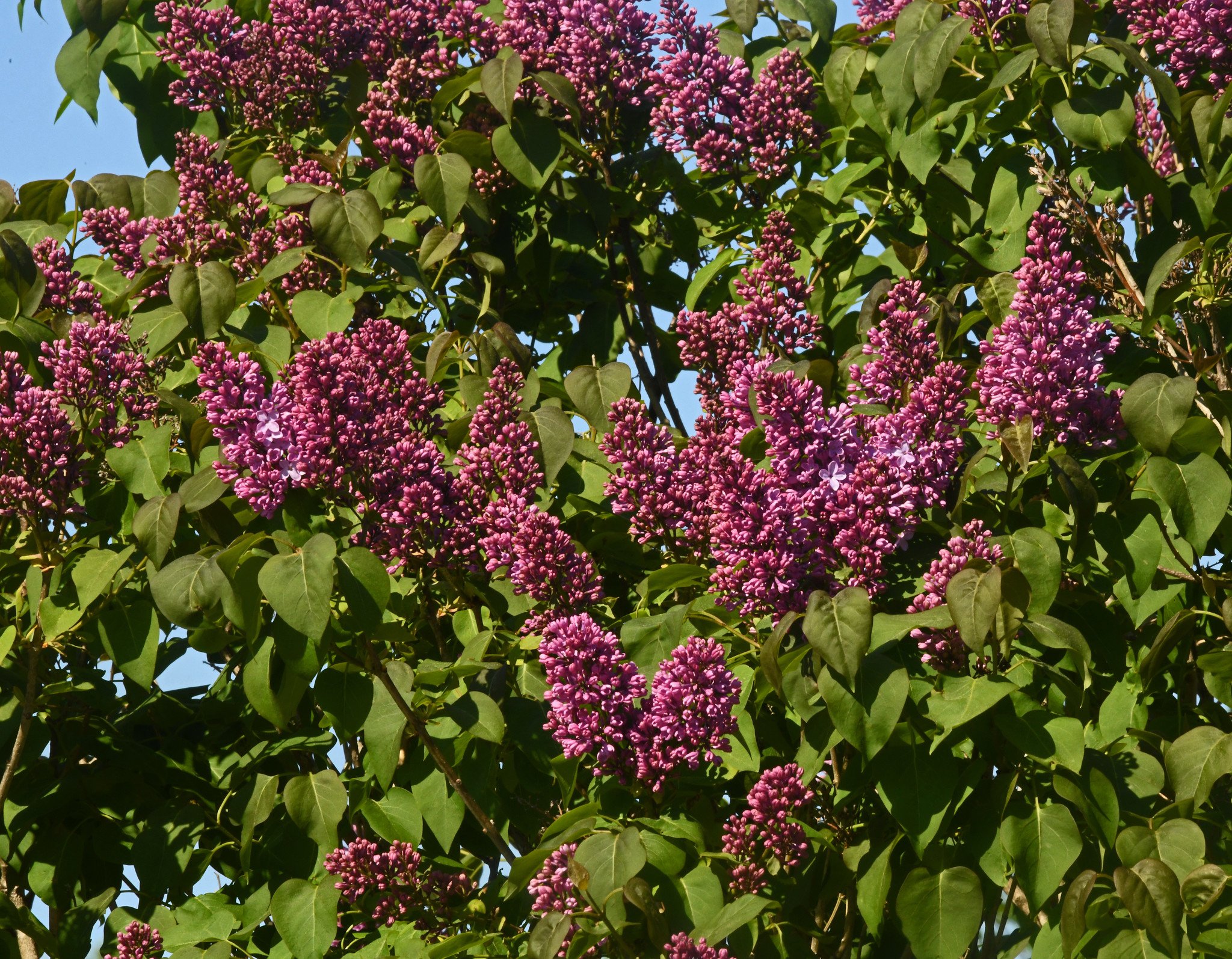He’s got a lot to learn about hiding and he doesn’t have much time to do it. He probably won’t learn quickly enough, as you’ll see below.
Although related, hares are usually larger and faster than rabbits, with bigger feet (especially rear feet), longer ears, and longer legs. Unlike rabbits, which are born blind, naked, and helpless, hares are born with working eyes, fur, and can already hop a bit virtually immediately. Unlike that of rabbits, the fur of snowshoe hares also changes to white in winter to provide camouflage in snow.
However, both hares and rabbits have high mortality rates. Both hoppers are targets for just about every larger carnivore that has a beak, fangs, or bullets, including larger owls and hawks, large domestic cats, bobcats, lynx, dogs, coyotes, foxes, weasels, mink, fisher, marten, and human hunters in season (fall>spring).
Maine wildlife officials estimate the mortality rates of snowshoe hares in New England at 75 to 95 percent for juveniles such as this one, while the surviving adults’ mortality is thought to range from 66 to 81 percent. Stated another way: Hares usually don’t live much more than a year here and it is believed that rabbits have similar, if not worse, chances.
Nonetheless, although they are in decline here due to predation and habitat loss, hares still are considered to be abundant due to their high birth rates, while our native cottontail rabbits are listed as Endangered in Maine. (Images taken in Brooklin, Maine, on June 11, 2025. Sex assumed.)































































































































